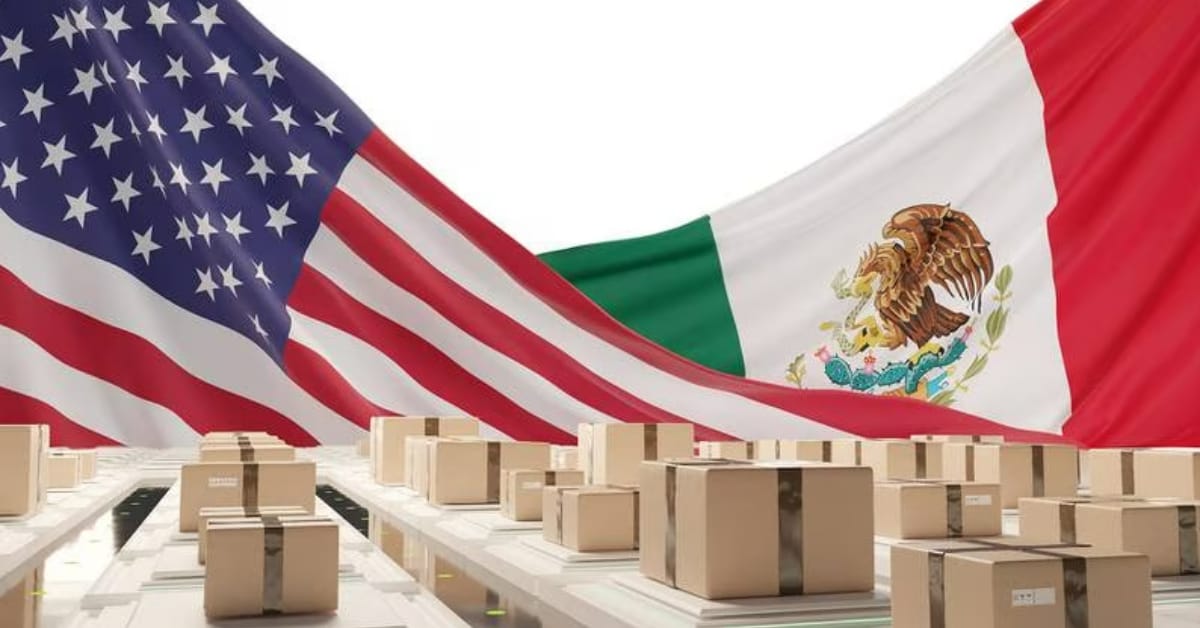Okay, folks, buckle up because things are getting real. Capriole Investments’ Charles Edwards is sounding the alarm, and honestly, I’m starting to feel a shiver down my spine. He’s pointing out that Bitcoin is reacting to these rising US tariffs way worse than the stock market – and that’s a massive red flag. Remember 2022? Feels…familiar. When Trump dropped that bomb about global tariffs, Bitcoin took an 8.5% nosedive while the S&P 500 climbed? Seriously?! That’s not a good sign.

Edwards highlights something even more chilling: US business expectations are at levels we’ve only seen three times since the freaking Y2K scare! The Philadelphia Fed’s Business Outlook Survey is tanking, and while some might dismiss it, Edwards is right – we can’t ignore this. We’re looking at a critical level of $91,000 for Bitcoin. If this tariff war escalates or, God forbid, corporate profits start to crumble, our technical charts could go to hell in a handbasket. We need to pay attention to the US macro environment, people. It’s not just about crypto; it’s about the global economy.
But it’s not all doom and gloom (yet!). Edwards also notes that the US M2 money supply is about to get a serious injection, and that could provide some much-needed fuel for a price surge. Colin Talks Crypto is even predicting a bounce in early May. Let’s hope he’s right! But we need to be prepared.
Deep Dive: Understanding the M2 Money Supply and its Impact on Bitcoin
The M2 money supply is a broad measure of the money circulating in an economy. It includes physical currency, checking deposits, savings deposits, money market securities, and other easily convertible assets. When the M2 supply increases—often through actions by the Federal Reserve (like quantitative easing)—it means there’s more money chasing the same amount of goods and services. Historically, this has often led to inflation. However, in the current environment, with a desire for alternate stores of value, a surge in M2 can also drive investment into assets like Bitcoin. Investors, fearing the devaluation of fiat currencies due to increased money printing, may seek refuge in the limited supply of Bitcoin, boosting demand and, potentially, price. This inflow of capital can counteract negative macro pressures, offering a positive outlook for BTC—but it hangs in the balance.






